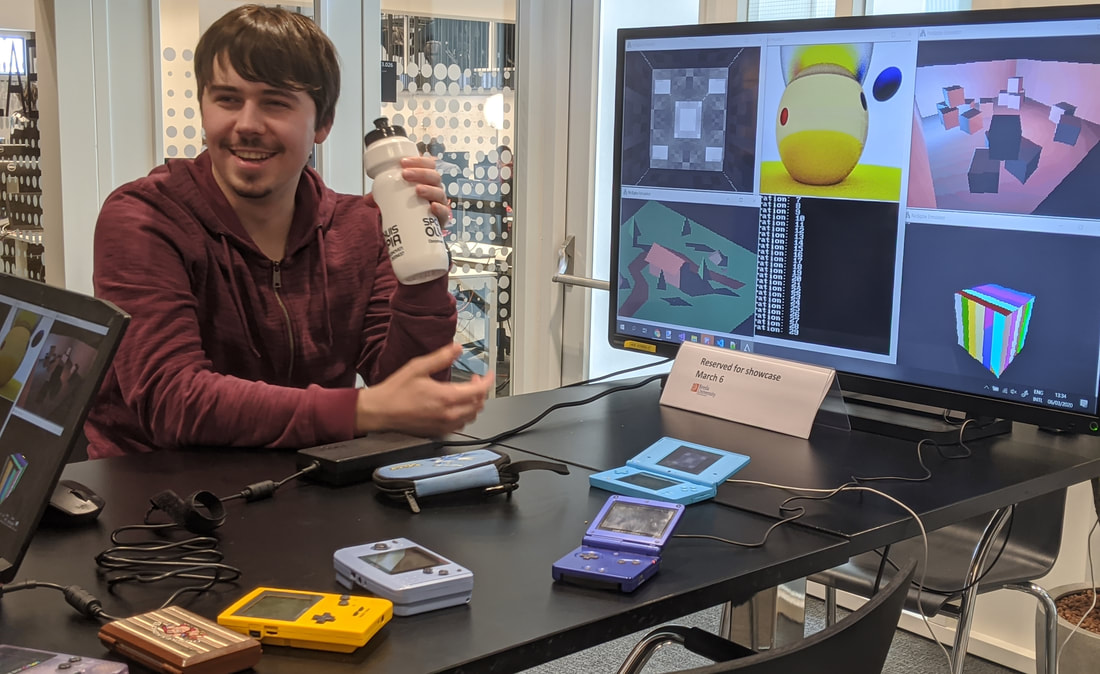Retro Game Dev
|
Description:
Retro game dev is an interest group focussed on developing for retro hardware and understanding how retro games were made. We organize weekly meetings and have worked on multiple demos.
Contributions:
• Optimizing existing C/C++ code through rewriting the algorithms used in ARM assembly. • Researching retro hardware layouts and capabilities in order to bring new low level optimizations. • Creating tools to convert 3D model files into an optimized format for our renderers. |

